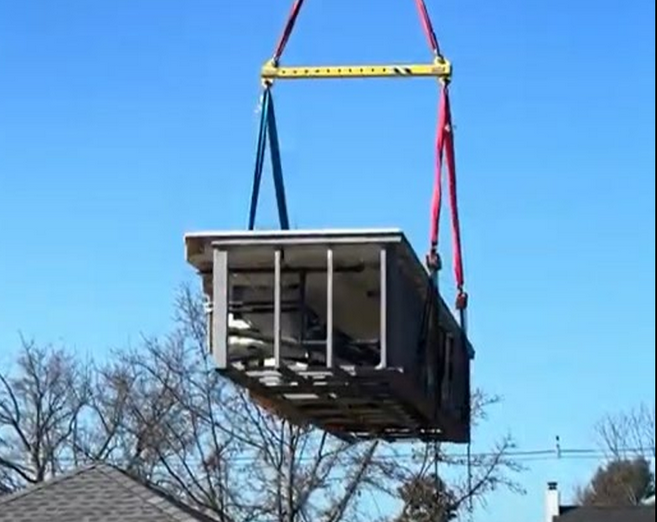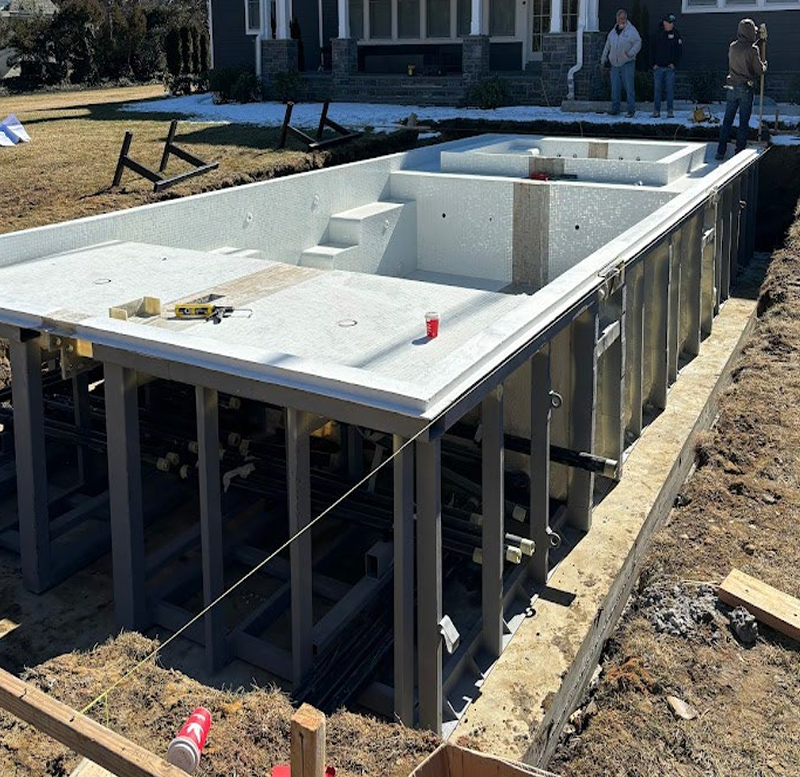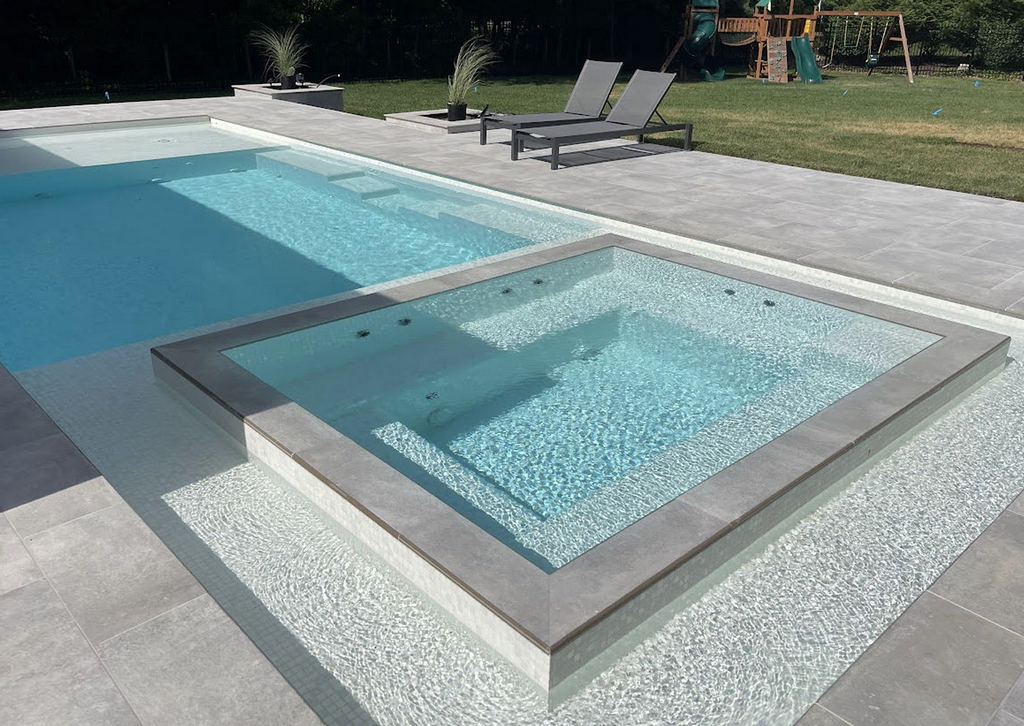Seeking a Pre-Fab Pool Solution
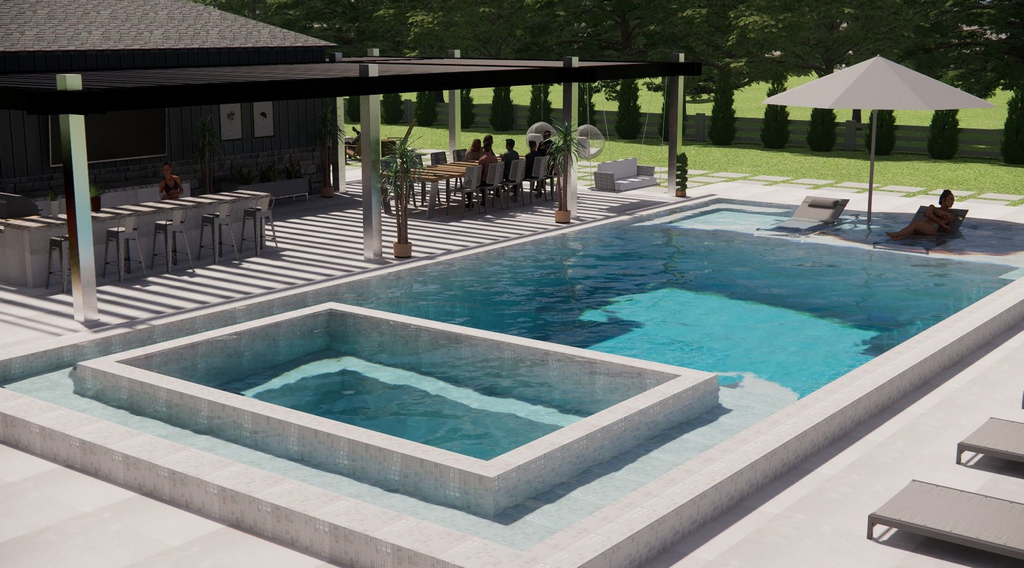

For all the staying power of traditional concrete pools, alternative construction types have gained popularity in recent years for a variety of impactful reasons. Case in point, builder/designer Kevin Fleming recently turned to a pre-manufactured pool shell as a way to streamline the installation process and reduce the risk of construction defects.
By Kevin Fleming
For all of us who build pools, we know that the installation process is largely, if not mostly, about controlling the countless variables that can compromise the end product and drive-up costs. From excavation to the fill water — and numerous stages between — we are always fighting the odds and circumstances inherent in each project – and they’re all different.
I’ve certainly had my share of challenging projects, as we all have, which is why I embarked on a journey of discovery looking for a way to increase my level of control. That survey of available options led me into a new phase of my career working with pre-manufactured pool structures known as “One Pool.”
One Pool is a UK company that manufacturers pool shells comprised of a heavy-duty steel exoskeleton structure. That framework supports multi-layers of GRP (glass-reinforced polymer), with a layer of honeycomb reinforcement in between, protected by gelcoat to create a watertight structure that is durable, lightweight and easily transported and installed.
Every pool is built to custom specifications — not limited to pre-designed molds — so, no two are exactly the same. They are all pre-plumbed and every vessel has a mosaic, all glass-tile finish.
Pool/spa shells of any size can be manufactured and shipped in single or multiple pieces. If the unit is made in multiple pieces, it can be easily assembled on site using a combination of adhesive and mechanical attachments, and GRP welding.
One Pools’ designs are customizable to include features such as attached/raised spas, sun shelves, step designs and perimeter overflow and edge treatments — all of which, rival traditional concrete pools.
A NEW VENTURE
I looked long and hard into the world of pre-manufactured pools and spas and found an industry segment that is gaining ground, especially in Europe. It’s fair to say that, in general, the U.S is behind on modular construction. Obviously, it’s coming, but compared to other countries, they are still leaps and bounds ahead of us.
So, we’re trying to get ahead of the curve here in the U.S. and figure out how to build a sustainable pool that’s prefabricated, yet reacts and functions like a gunite/shotcrete pool. We’ve been working the last two years on introducing the One Pool system in our own work, and promoting it for others, making sure it complies to all US regulations and does all the things it’s supposed to do.
In the last two years, we’ve enjoyed widespread success across a range of installation types and settings, in multiple states, with dozens of projects, both finished and ongoing. We’ve found this is a great solution for a spectrum of applications including above-grade projects, rooftop pools, sites with tight access, and for situations with specific installation timelines.
To be clear, we’re not positioning the system as an inexpensive option, the way that some types of vinyl package pools or fiberglass pools market potential cost savings.
The One Pool is manufactured and shipped overseas and delivered on-site. The cost is comparable to a custom concrete pool of equivalent size and complexity.
OUT AHEAD
The greatest advantages boil down to two major factors: quality control and installation speed.
First and foremost, the number-one advantage is the simplification of the installation process. As mentioned above, pool construction is risky because there are so many stages requiring a spectrum of skillsets. With traditional concrete pools, you need more people, more experts, more witnesses, more engineering, and you have to be an expert at everything because as the builder, you’re responsible for all of it.
The prefab concept changes that problematic equation. The saved steps include wood framing, rough plumbing, electric stub out, steel rebar, gunite/shotcrete, dampening/curing concrete, waterproofing, tiling the waterline or entire pool, and a simplified start up process. Each of those phases involves elements of risk where things can, and sometimes do, go wrong.
Consider, for example, the process involved with installing an all-tile finish on site. First off, there are very few people who are qualified to do it, especially with glass tile, which is what One Pool uses on all of its pools. The process involves creating a temperature-controlled environment on site that usually means building a heated or air-conditioned tent over the pool. It’s extremely expensive and time consuming.
By taking just that one phase from the field and putting it in a factory-controlled environment that is properly equipped and staffed, you have what I believe is a far more reliable process and, ultimately, a successful end product. The same can be said of the forming or gunite application, with those processes susceptible to variables in workmanship, site conditions, materials and weather.
And, one of the biggest selling points is that these pools can be installed in a fraction of the time as a traditional concrete pool. How much time savings depends on a variety of factors, but typically a project’s installation time can be measured in a few weeks rather than months. In some situations, we can have the pool full of water and ready for a swim in 10 days.
Also, the layers used to manufacture One Pool includes spray foam to the exterior walls of the units that has an R value, meaning it provides some insulation. When you combine that with a slatted pool cover, you have a pool that is more energy efficient in terms of heat retention.
Another advantage is that you can calculate the exact weight of a One Pool, both empty and when it’s filled with water. That can be a major plus when working in an above-grade application with critical structural engineering implications.
Although my experience is relatively new doing it this way, it’s amazing the difference in process control and reduced stress and anxiety. Because of all those upsides, I don’t see traditional concrete pool as sustainable a product as one that is produced in a controlled factory environment, inspected and certified.
EARLY EXAMPLES
All of that sounds great, but there’s nothing like seeing how it works out in the field. We’ve had a number of successful installations to date, with a couple in particular that stand out as prime early examples of pools created using One Pool.
This project was for a prominent professional athlete in the Philadelphia area. He had a reasonable budget, but there was a significant time constraint, and the property had major setback requirements and impervious coverage restrictions. So, time was tight, and so was space.
Our work encompassed the entire backyard, which the client was preparing for a team party. The project scope included the structural concrete decks with exterior porcelain tiles, a motorized pergola structure, outdoor kitchen and dining areas, audio/visual systems and all the landscaping.
The pool features a raised perimeter overflow spa on one end and a large sun shelf on the other. It measures 36-by-15 and was delivered in two pieces. It has both a structural slab supporting the pool and a CMU (Concrete Masonry Unit) wall surrounding the pool.
A couple of notes on the installation: When One Pools are delivered in two pieces, there’s a specific assembly procedure that involves setting the sections on a system of stanchions, allowing the crew to assemble the sections, using a flange system that is joined with adhesives and mechanical attachments. The seam is then overlayed with GRP, gel coat and matching mosaic glass tile. Once attached, the pool is raised back up, the stanchions are removed, and the pool is lowered into place.
Also, on this pool we created a “man-way” access to the space beneath the raised spa in order to have an easy way to reach the complex plumbing for future maintenance.
In this case, and many others, the pool is separated from the surrounding earth by the masonry wall. In other situations, the pool is engineered to allow backfilling directly against pool walls based on site specific requirements. We also engineered the CMU wall to serve as a structural footing and frost protection for concrete decks.
In the end, the project was installed well ahead of the deadline, and reportedly the party went off as planned.
TIGHT FIT
This second project has drawn a lot of attention, maybe more than any other I’ve done in my career. And it was the One Pool that made it possible.
It’s located in an historic Philadelphia neighborhood called Fishtown. The building has a long history dating back to colonial times, and has served numerous purposes. Today, it’s a beautifully restored and reimagined boutique hotel. The pool is in the courtyard surrounded by all the guest rooms.
In this case, we only designed and installed the pool, the surroundings were designed by the project architect and installed by the general contractor.
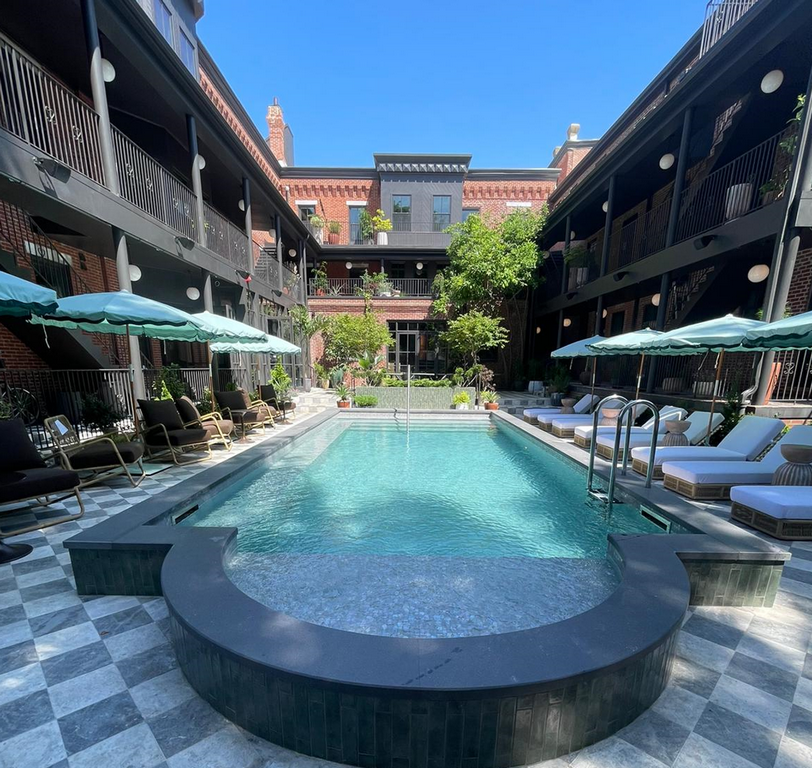
The neighborhood is comprised of “row homes” and everything is very tight with narrow streets, very little parking, and limited access. There was no space for staging equipment and materials. It was basically an impossible site in the middle of the city.
Given the physical constraints of the location, the idea of bringing in the crews and materials necessary to build the pool would have been next to impossible. Because we were able to eliminate previously mentioned 10 construction phases and by craning the pre-manufactured pool into place, the project became feasible.
And, as was the case with the project mentioned above, we had to make a deadline for the property’s grand opening. In the end, it all came together without a hitch. I honestly don’t know how we would have done it using standard gunite construction.
Going forward, I’ll always design and build custom concrete pools the traditional way; but, in a relatively short period of time, I can see how the prefabrication option can be used in a variety of situations with reliable and sustainable results.
Kevin Fleming is principal of Liquid Design located in Medford, NJ, a design/build watershaping firm established in 2002. Also, founder and principal of One Pool USA, Fleming holds a Bachelor of Science degree in Landscape Architecture from West Virginia University. For 30 years, he has honed his passion for using water environments as his medium for refined exterior design. For more information about One Pool USA, go here.










